
By Breanna Mulhall, Architectural Design Intern
When typical solutions fail… When inspiration strikes like lightning… When we think, feel and act on something new. The creative process is a daily ritual for designers.
At times, the journey simulates racing against waist-high water, fighting the resistance of the tide. Other times, it just flows. For those not involved in the process, the result simply is. All of the long days and late nights, the hair-pulling, the tedious revisions, the internal debates and the group collaboration sessions are overlooked. The built object before our eyes becomes what we know, what the public knows: an object, at times, of both scrutiny and praise.
What informs the opinions of a finished piece? What qualities dig under our skin and elevate our souls? On the surface, it is personal opinion; our own preferences informed by years of unique experiences. Much deeper than that, though, I believe it is the designer’s intention.
All designers share a common vocabulary of purpose, craft, scale, function, and form. Under the influence of an innovative mind, these terms come together to achieve a unique human experience. The following interview invites you to revel in the variety of the creative process and to reflect on its importance in our society: Where would we be today without design? Where can we be tomorrow because of it?
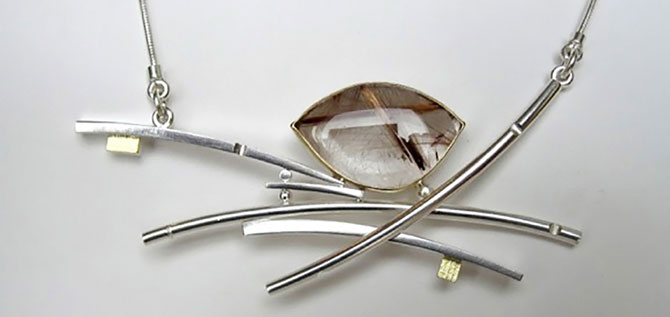
What does your jewelry say?
How do you wish to communicate?
David Rice is an advocate for individualized design. For 43 years, this renowned Winnipeg-based goldsmith has employed personalized precision in each of his creations; every cut, layer and reveal, the result of a conscious choice.
Throughout the following conversation, David draws us into his world. We become aware of the creative process and artistic intention behind the final compositions, and in turn, aware of the difference between jewelry and art jewelry.
Q. How did you decide to pursue a career in jewelry design?
A. Before I made jewelry, I studied set and costume design in New York. I loved the notion that an entire world was created on and around the stage dependent on the designer’s imagination.
During my years as a mask-maker for Faux Follet Dance Company in Montreal, and display designer for the Bay in Winnipeg, I discovered a Do-It-Yourself magazine on jewelry design. I always had a sketch going beneath my layers of work. I was constantly eager to transform these sketches into objects. I could not get jewelry design out of my head.
Q. What aspect of your goldsmith education did you most enjoy?
A. As I am self-taught as a goldsmith, reading about goldsmiths from the past and the present linked me to the traditions of the ancient craft. An early friendship with Ludwig Nickel, who had trained in an Austrian monastery, put me directly in touch with the traditional techniques like rolling metal and alloying gold. I would sit for hours watching him work, listening to him talk and asking him questions.
Q. How have other mediums, places and cultures influenced your designs?
A. The Finnish designers, at the beginning of my career, were very exciting. I saw a photograph in the 70’s of an ordinary piece of stone with a little piece of gold and a diamond on it. It was a pin! At that time, it was revolutionary to use materials like that for jewelry. There was a simplicity to it… a boldness. Really clean lines. It was minimal. It wasn’t what you would have called jewelry.
I have always been determined to challenge what is mainstream and make something different. Though my influences continue to evolve, Scandinavian design plays a strong role in inspiring my work.
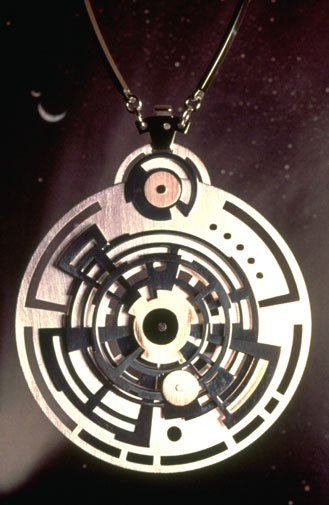 Q. Which is your favourite collection you designed? Why?
Q. Which is your favourite collection you designed? Why?
A. Solar Circuits. I challenged myself to forgo typical melting and soldering techniques. Instead, I used only cold connections. The resulting pieces were large, clock-like and “spacey”.
Q. When developing new ideas, where does your inspiration come from?
A. Design competitions and commissions offer a clear direction or theme to explore, which most often lead to something else I become excited about. For example, I designed a piece in celebration of the Winnipeg Art Gallery’s Centennial. It was very geometric, inspired by the angular lines of the building. I used Argentium, a silver mixed with another alloy that does not tarnish as easily. My most recent collection, Neo Deco, is the result of that exploration.
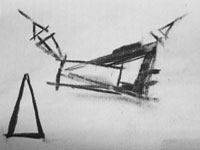
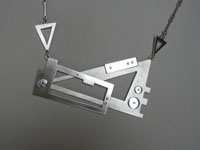
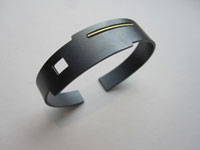
Q. How is the location of your studio and shop important to your work?
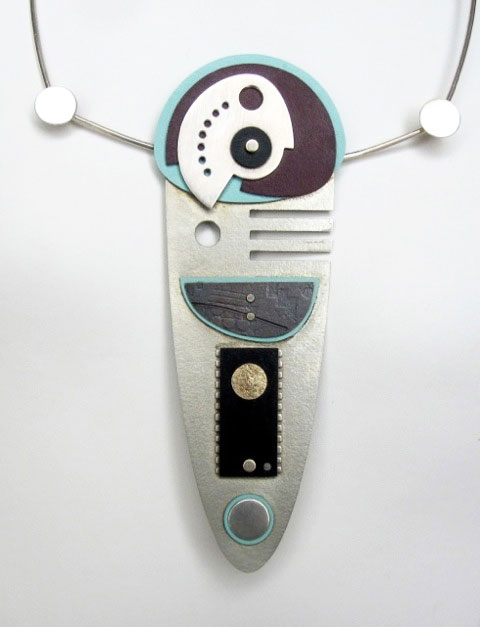 A. I have always thought of our business as being alternative to other jewelry stores. When I was looking to expand, Osborne Village was full of like-minded people. It was right at the time where handmade was really special. People were “back to the earth”.
A. I have always thought of our business as being alternative to other jewelry stores. When I was looking to expand, Osborne Village was full of like-minded people. It was right at the time where handmade was really special. People were “back to the earth”.
That is primarily why I chose this location, but I have also always lived in the village since I left home.
I now have a studio within walking distance of the store, close enough to be accessible but far enough away to allow me to work undisturbed when necessary.
Q. How would you describe the atmosphere of your retail shop?
A. Our shop, designed by Nancy Maruca, is deliberately theatrical. The elements contribute to a sense of drama, the feeling of being backstage with the curtains. The showcases are more like theatre sets... a touch of my past shared with our customers.
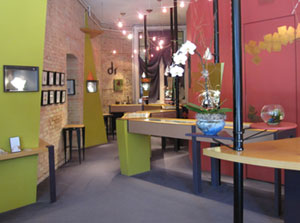
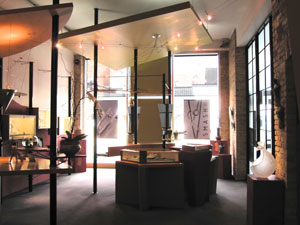
Q. ... and your studio space?
A. The studio is split in two. One side of the studio is for all the machinery, where everything is made. The other side is my computer and a bench that I can work at, plus a design area with lots of reference books; different painters, different sculptors.
Q. How has technology played a role in your work? Which new technological developments excite you most?
A. Most of the tools I use are the same as a goldsmith would have used hundreds of years ago. For a while I was excited about computers becoming a tool for designing but I was disappointed. I find that technology dictates design, leaving it cold and predictable. Pencil and paper are enough to bring excitement to my work and discover the unexpected. I am, however, curious about the progression of 3-D printing. Now, the printers can infuse silver and gold, among many other materials; a very different technique to using plastic, creating a rubber mould and filling it with metal.
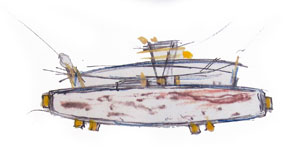
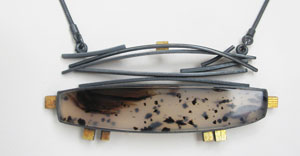
David Rice Jewelry + Objects is located at 100 Osborne St. North, in Winnipeg, MB.
Visit http://www.davidrice.com/ for store hours and to view the jewelry collection.